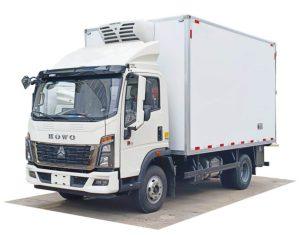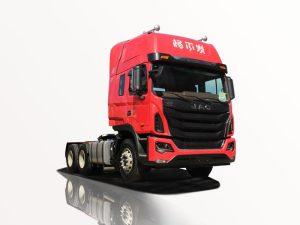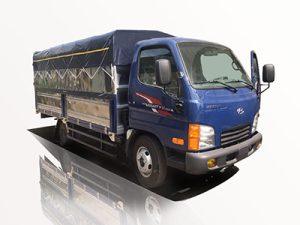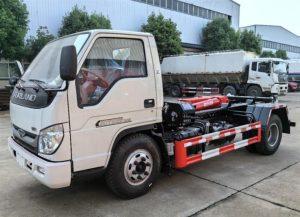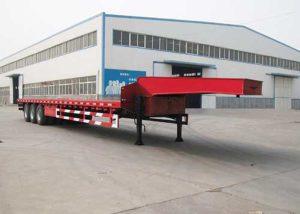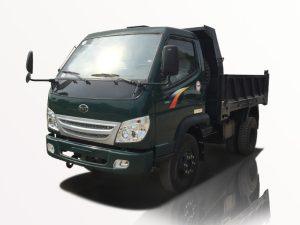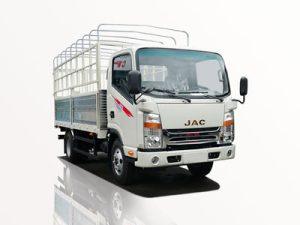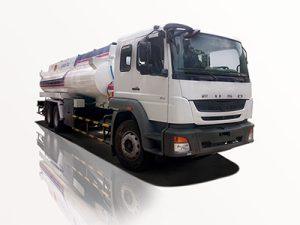Monday to Saturday - 8:00 -17:30
How Do Trash Trucks Work: A Comprehensive Guide
Trash trucks play a crucial role in waste management, ensuring that our cities stay clean and livable. But how do they actually work? Understanding the mechanics and processes behind trash trucks can help us appreciate their importance and efficiency. In this article, we’ll delve deep into the workings of trash trucks, exploring their types, components, operational processes, and much more.
1. The Evolution of Trash Trucks
Trash collection has come a long way from the days of horse-drawn carts. Understanding the history helps us appreciate modern innovations.
1.1 Historical Overview
The first garbage collection systems date back to ancient civilizations, where waste was manually collected and disposed of. With population growth and urbanization, the necessity for more effective waste management led to the development of motorized trash trucks in the early 20th century.
1.2 Modern Innovations
Today’s trash trucks are equipped with advanced technologies, including hydraulic systems, GPS tracking, and automated collection features, making the process more efficient and environmentally friendly.
2. Types of Trash Trucks
Understanding different types of trash trucks is crucial for grasping how they operate. Each type is designed for specific waste collection purposes.
2.1 Rear Loader Trash Trucks
These trucks have a large opening at the back and are ideal for residential areas. Operators can either manually or automatically lift bins to dump waste into the truck’s box.
Advantages
- Easy access for residents.
- Efficient in narrow streets.
2.2 Front Loader Trash Trucks
Designed for commercial use, front loaders come with forks that lift dumpsters from the front. They are efficient for large volumes and dense waste collection.
Advantages
- Quick loading time.
- Ideal for businesses with large waste containers.
2.3 Side Loader Trash Trucks
These trucks have mechanisms on the side for lifting and dumping bins. They often allow operators to remain in the cab, enhancing safety.
Advantages
- Requires fewer workers.
- Automated operations reduce human labor.
3. Key Components of Trash Trucks
Each trash truck features specific components that work together to facilitate waste collection. Here are the essential parts:
3.1 Chassis
The chassis forms the truck’s frame, supporting the weight of the body and the load. It is engineered for durability and strength.
3.2 Compaction Mechanism
This mechanism compresses the waste to maximize space within the truck. A hydraulic ram pushes the trash towards the back, increasing efficiency.
3.3 Lifting Mechanisms
Lifting devices vary by truck type and include hydraulic arms or forks. These are crucial for lifting bins or dumpsters.
3.4 Payload Area
The payload area is where the collected trash is stored. It is designed to minimize leakage and odors, often with sealed hoppers.
3.5 Control Systems
Modern trash trucks are equipped with electronic control systems that manage lifts, compaction, and overall truck operations.
4. The Trash Collection Process
The process of collecting trash is systematic and involves several steps:
4.1 Route Planning
Efficient trash collection starts with detailed route planning using GPS technology. This minimizes travel time and fuel consumption.
4.2 Arrival at Collection Site
The driver arrives at the scheduled stop, ensuring safety and proper positioning for collection.
4.3 Waste Collection
For residential areas, operators either manually empty bins or use automated systems to lift bins into the truck. In commercial settings, front loaders quickly engage with dumpsters.
4.4 Compaction of Waste
Once waste is collected, the compaction mechanism compresses the material to maximize space in the truck.
4.5 Disposal or Transfer
After completing the route, the truck drives to a landfill or transfer station where waste is unloaded for final disposal.
5. Environmental Impact of Trash Trucks
Trash trucks are essential for waste management but can also impact the environment. Let’s explore how they contribute to both positive and negative outcomes.
5.1 Emissions and Pollution
Traditional diesel trash trucks contribute to air pollution. However, many municipalities are now transitioning to cleaner alternatives like CNG (Compressed Natural Gas) and electric vehicles.
5.2 Recycling Efforts
Many cities have implemented recycling programs where separate trucks collect recyclables and compostable waste, aiming to reduce landfill waste.
6. Maintenance of Trash Trucks
Proper maintenance is critical for trash trucks to operate efficiently and safely. Regular checks help avoid breakdowns and ensure longevity.
6.1 Routine Inspections
Routine inspections include checking fluid levels, brakes, and tires. This preventive maintenance is crucial, especially before peak collection times.
6.2 Repairs and Parts Replacement
Common repairs can involve hydraulic systems, lifting mechanisms, and the compaction system. Keeping parts in top shape is vital for seamless operations.
6.3 Employee Training
Training for operators and maintenance personnel ensures that they can manage any issues while promoting safety and operational efficiency.
7. The Future of Trash Trucks
The world of waste collection is evolving. Here’s a look at what the future may hold for trash trucks.
7.1 Automation and Robotics
Automated trash collection systems are becoming more prevalent, utilizing robotics to improve efficiency and reduce human risk.
7.2 Electric and Hybrid Trucks
As cities push for greener operations, the introduction of electric and hybrid trash trucks can significantly reduce fossil fuel dependency and emissions.
7.3 Smart Waste Management Systems
Integrating IoT (Internet of Things) technologies for smart waste tracking and monitoring can optimize collection routes and waste sorting capabilities.
8. Practical Tips for Effective Waste Disposal
For efficient waste management in our communities, here are some practical tips to consider:
8.1 Proper Sorting
Properly sorting waste into recyclables, compostables, and landfilled waste can significantly reduce landfill waste and increase recycling rates.
8.2 Reducing Waste
Minimizing single-use items and opting for reusable products contributes to overall waste reduction, easing the burden on trash trucks.
8.3 Community Involvement
Engaging in community cleaning drives and awareness programs can foster a culture of recycling and responsible waste disposal.
9. FAQs About Trash Trucks
9.1 What type of fuel do trash trucks use?
Most traditional trash trucks run on diesel fuel, but many municipalities are transitioning to CNG or hybrid electric options.
9.2 How often do trash trucks collect waste?
Collection frequency varies by location and the type of waste. Most residential areas are serviced weekly, while commercial locations may be collected several times a week.
9.3 Can trash trucks handle e-waste?
Typically, e-waste requires special handling and should be disposed of at designated e-waste recycling facilities, not regular trash trucks.
9.4 What should I do if my trash was not collected?
If your trash was missed, contact your local waste management service to report the issue. They might schedule a special pickup or provide an explanation.
9.5 Are trash trucks safe to operate?
Yes, with proper training and adherence to safety regulations, trash trucks are designed for safe operation. However, accidents can occur, so drivers must remain vigilant.
9.6 What happens to the trash after it is collected?
After collection, trash is typically taken to a landfill or transfer station for processing. Recyclables are sent to recycling facilities, and compostable waste is treated accordingly.


